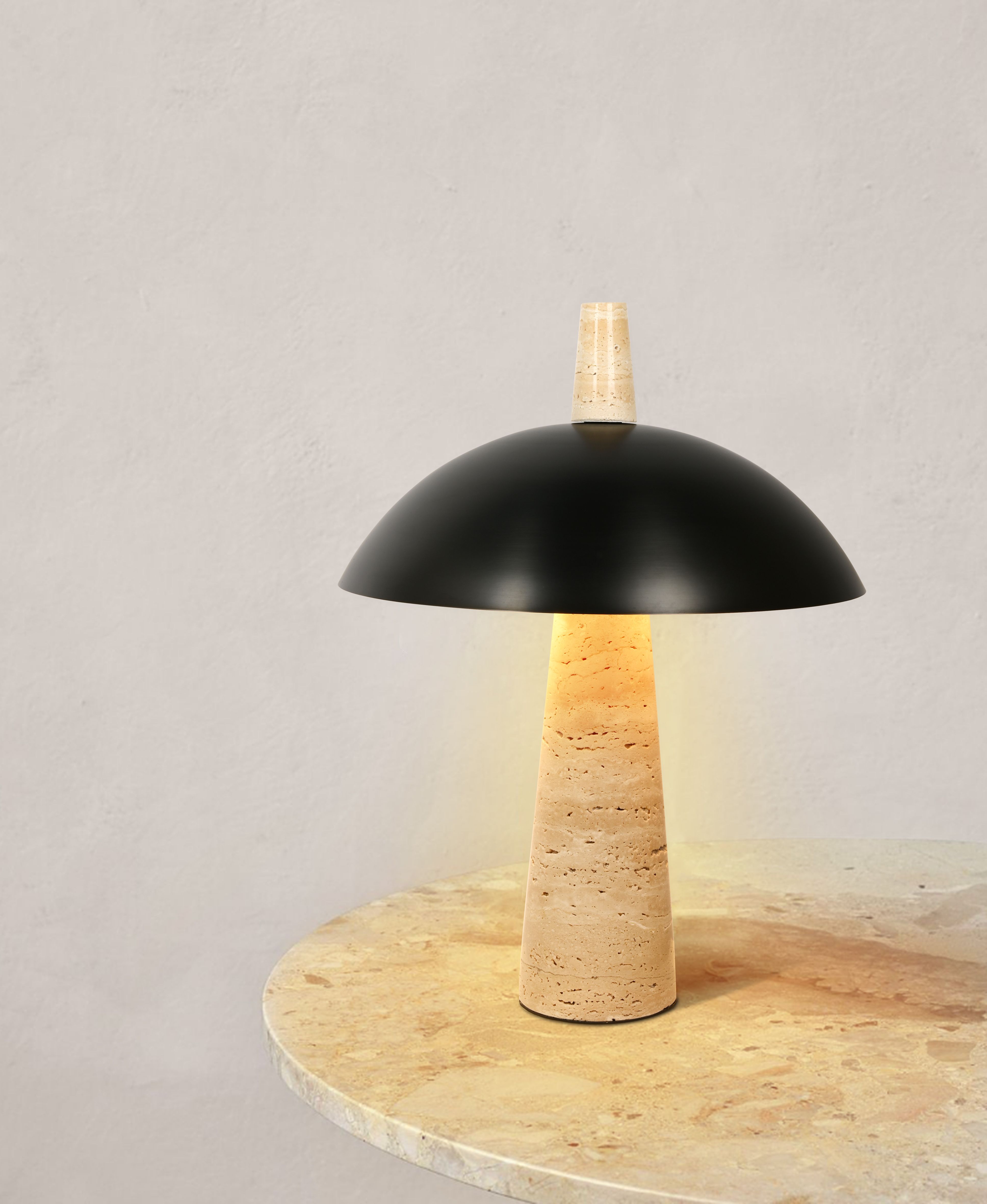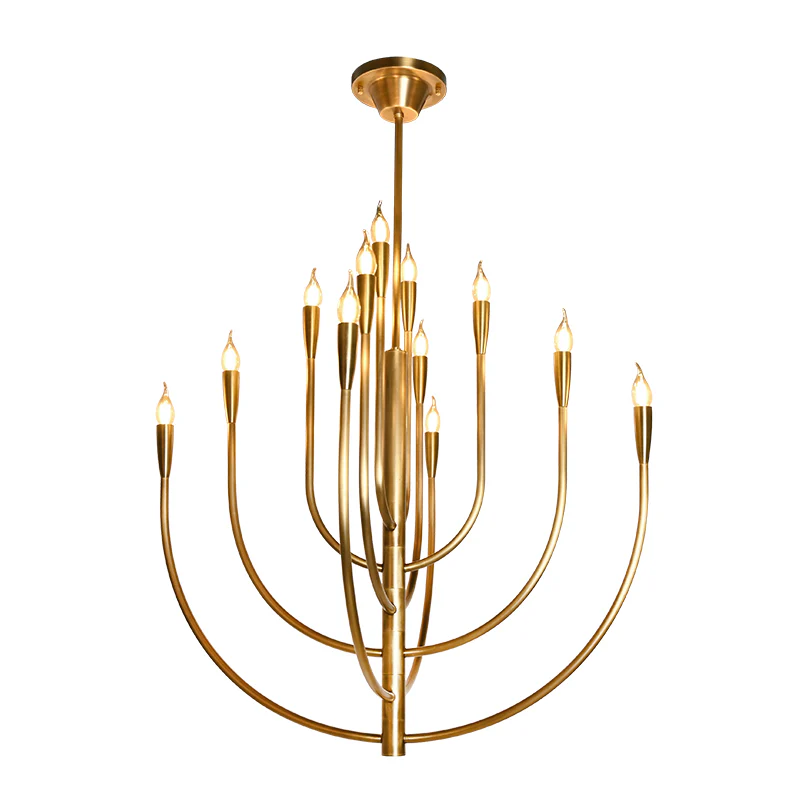Illuminate Your Outdoors: The Comprehensive Guide to Pathway Lights
Illuminate Your Outdoors: The Comprehensive Guide to Pathway Lights
As the sunsets later into the evening and outdoor gatherings become a summer staple, homeowners are increasingly looking for ways to enhance their outdoor spaces. One such solution that has gained widespread popularity is the installation of pathway lights. These lights not only illuminate pathways but also add an aesthetic appeal to your garden and outdoor areas. In this article, we will explore the various types of pathway lights, their benefits, installation tips, and how to choose the right ones for your home.
What are Pathway Lights?
Pathway lights are outdoor lighting fixtures designed specifically to illuminate walkways, garden paths, and driveways. These lights come in various styles, sizes, and materials, making it easy to find a design that complements your landscape. Whether you prefer solar-powered options or traditional electric lights, pathway lighting is an essential addition to enhance both safety and ambiance in your outdoor spaces.
Types of Pathway Lights
When it comes to pathway lights, there are several types to choose from, each with its own unique benefits:
| Type | Description | Pros | Cons |
| Solar Pathway Lights | Powered by solar energy, these lights charge during the day. | Eco-friendly, easy installation, cost-effective | Dependent on sunlight, brightness can vary |
| LED Pathway Lights | Energy-efficient lights with long lifespans and low heat output. | Durable, bright, long-lasting | Can be more expensive upfront |
| Low Voltage Pathway Lights | Requires a transformer to reduce voltage from standard 120V to 12V. | Safer, versatile design options | Installation can be more complex |
| Traditional Electric Pathway Lights | Tethered to the electrical system of your home. | Consistent brightness, various styles | Higher energy bills, requires electrical work |
Benefits of Pathway Lights
Choosing to install pathway lights offers numerous advantages:
- Safety: By illuminating obscure paths and gardens, pathway lights prevent accidents, ensuring the safety of your family and guests.
- Increased Aesthetic Appeal: Pathway lights can significantly enhance the look of your home’s exterior, highlighting architectural features and creating a welcoming atmosphere.
- Extended Usability: With proper lighting, you can utilize your outdoor spaces even after dark, allowing for more enjoyment of your garden, patio, or backyard.
- Increased Property Value: Well-lit outdoor areas can increase your home’s curb appeal, which is beneficial if you decide to sell in the future.
Installation Tips for Pathway Lights
When you decide to install pathway lights, follow these tips for a successful setup:
- Plan Your Layout: Before purchasing lights, take time to plan where you want to place them. Consider the areas that need lighting and the overall aesthetic you want to achieve.
- Choose the Right Height: Pathway lights are typically installed between 12 to 18 inches in height. Too low can lead to insufficient illumination; too high can create shadows.
- Space Appropriately: As a general rule, space lights approximately 6 to 8 feet apart for optimal coverage.
- Check Local Regulations: Depending on your area, there might be regulations regarding the installation of outdoor lights. Always check compliance before proceeding.
- Consider Maintenance: Some lights may require more maintenance than others. Solar lights need to be cleaned regularly, while electric lights may require bulb replacements.

Choosing the Right Pathway Lights
When selecting the perfect pathway lights for your home, here are some factors to consider:
- Style: Choose lights that match your home’s architectural style. Whether you prefer modern, rustic, or contemporary designs, there is a vast array available.
- Brightness: Consider how much light you need. Some areas may require brighter lights than others, depending on frequent foot traffic or safety needs.
- Energy Efficiency: Opt for energy-efficient options like LEDs or solar lights to reduce electricity bills and your environmental footprint.
- Durability: Look for weather-resistant materials, especially if you live in an area prone to harsh weather conditions.
Common Questions About Pathway Lights
You’re not alone if you have questions about pathway lights. Here are some frequently asked questions:
- Can I install pathway lights myself? Yes, many pathway lights are designed for easy installation; however, electric lights may require professional help.
- How many pathway lights do I need? The number of lights will depend on the area size and brightness you desire. As mentioned before, spacing them approximately 6 to 8 feet apart is recommended.
- What is the lifespan of pathway lights? Solar lights typically last around 3 to 4 years, while LED Lights can last over 25 years.
- Do pathway lights have to be white? No, pathway lights come in various colors, and some allow color-changing options.
Conclusion
Pathway lights are a brilliant way to enhance your outdoor experience. By providing safety, aesthetic appeal, and increased property value, they are indeed an investment worth considering. In choosing the right pathways for your home, be sure to consider factors like style, brightness, and energy efficiency to achieve the best possible outcome. Remember, proper installation and maintenance will prolong the life of your pathway lights, ensuring you enjoy their benefits for many seasons to come.
Recommendations
In summary, pathway lights can transform your outdoor areas into safe, welcoming spaces. Before making your choice, evaluate your specific needs, and choose the types that align perfectly with your aesthetic goals and budget. Happy lighting!
